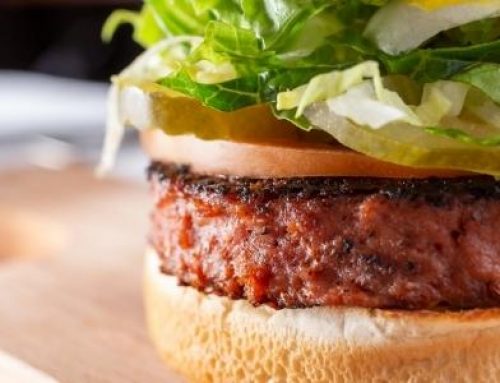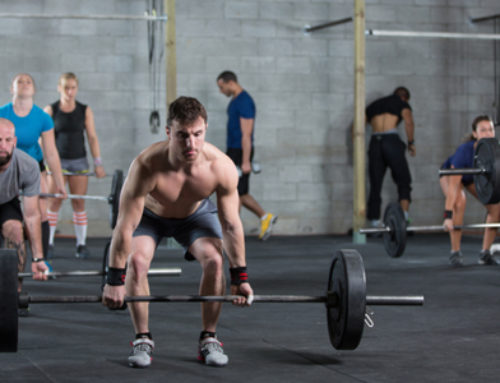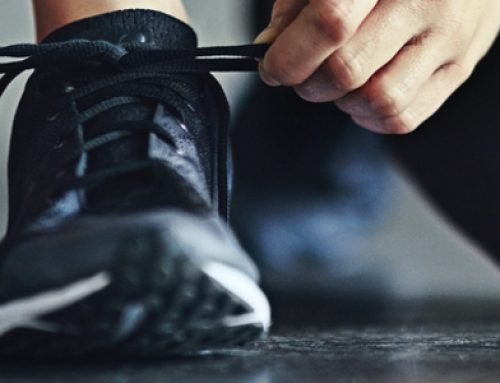
How is your metabolism? Still firing on all cylinders?
Although everyone has one, over the years many of my clients have expressed to me that theirs simply doesn’t exist anymore. They feel that eating one piece of cake ends up straight on their bottom, and for some of them their journey with losing weight has been just plain difficult. If you’ve thought this about your own metabolism, don’t fear. It does exist, you may just need to crank it up a few gears. Here’s how:
What is your metabolism?
Before outlining how you can boost your metabolism, I thought I’d give you a brief, uncomplicated explanation of what it actually is.
Metabolism is the word used to describe all the chemical reactions that take place in your body that support and sustain life. These chemical reactions help you think, speak, move, eat, digest food, fight disease, and so much more. All these chemical reactions require energy to occur and this energy comes from the food we eat. It’s your metabolism that actually determines how many kilojoules or calories (energy) your body burns each and every day. This also means it’s dynamic rather than static. It changes everyday depending on many, many variables.
All cells in the body burn energy via metabolism. Skin cells, intestinal cells, brain cells etc all require energy to function, but the cells that contribute most to our daily energy expenditure, are our muscle cells. Known by fitness professionals as the ‘powerhouses’ of metabolism, muscle cells churn through kilojoules, especially when exercising. A muscle’s job is to move your body, so the more you move you body the more energy your muscles require to make that happen.
Out of your control
There are some factors, that determine your metabolism, which are out of your control. They are:
Gender
Women, unfortunately, are genetically programmed to have ‘slower’ metabolisms than our male counterparts. This means that on average a woman’s body burns less energy for doing the same activity when compared to a man’s body. The difference is mainly due to the amount of muscle that men have compared to women and also the differences in our hormonal makeup.
Even though you can’t control this aspect of your metabolism, it’s particularly helpful to understand the differences between men and women if you are living and eating with someone of the opposite sex.
If you’re a woman living with a man, knowing that your metabolism burns much less energy than his will actually help you become a better food sharer! Falling into the habit of eating the same portion size as the man about the house may mean that you are consuming more energy than your body actually needs.
A common occurrence when people get married or move in together is that the women eats similar portion sizes to her partner and experiences weight gain. This was the case when I got married and it took me a little while to catch on. Now, I purposefully serve myself less than Mr freeman. He get’s the bigger bowl of pasta, the bigger piece of steak and the leftovers are always prioritised for his lunchbox. Let’s just say, he’s definitely not unhappy with the arrangement!
Age
The younger you are the higher your metabolism and from about your mid to late twenties it can start to decline. Why? A decline in physical activity and the accompanying age related muscle loss.
That’s a double whammy for metabolism as not only are we expending less energy moving and being active but when we are we’re burning less. Every decade that we age we lose, on average, approximately 5kg of muscle. This would mean that a 50 yr old compared to a 20 yr old may have 15kg less muscle. This means less muscle to burn energy, resulting in a decreased metabolism.
Boost your metabolism
Don’t be discouraged by the uncontrollable factors above. Here are 5 things you can do to increase the amount of energy your body burns and increase your metabolism.
Move your body
Whenever and where ever you can, move your body. The more you move, the more energy your body burns to make that movement possible. Even walking over being sedentary can have significant impact on energy expenditure by the end of the week. Some tips:
- standing desks
- taking the stairs
- parking a further away from work
- evening walks with the family
- mountain walks – Canberra has heaps of great ones!
- playing at the park with the kids instead of just watching them
Lift weights
Lifting weights is the most effective way of increasing your metabolism and slowing down age related muscle decline. The principle is simple. If you don’t use it, you lose it.
Muscles are designed to get stronger and a well-trained muscle can exert a tremendous amount of force. When you lift weights or engage in resistance exercise (just another way to say it) regularly, your muscles adapt and grow. They become bigger and stronger. They burn more energy during the exercise session and they burn more energy during resting as well. So, not only does weight training increase your metabolism temporarily during the exercise session it also increases your metabolism over the long term as well. This means your muscles will burn slightly more energy even when they’re resting.
If you don’t use your muscles, your body will find other more pressing uses for the protein and start breaking them down. The less muscle you have, the less energy your body burns during each and every day.
If you’re new to resistance training, aim to include three half-hour sessions of resistance exercise a week. You’ll notice a significant improvement in your muscle tone and in your overall well-being. Fat loss becomes easier because your body’s burning more energy making it easier to create a negative energy balance. Regular weight lifting also helps strengthen bones and decreases your risk of developing osteoporosis.
Increase your heart rate
For a good 30 minutes each and every day do some kind of activity that raises your heart rate and gets you huffing and puffing. A fast walk, climbing a mountain, riding a bike, an aerobics class, going for a run, HIIT class…
Whatever it is, cardiovascular exercise burns lots of kilojoules and offers plenty of other health benefits as well.
Eat lean protein
Consuming sufficient amounts of protein gives your body the tools it needs to build more muscle when you start exercising. Without sufficient protein, your body doesn’t have the building blocks to restore and repair hard working muscles and other organs.
Aiming to consume 1.6 – 2.2 grams of protein per day (3-5 x 20-40g protein serves) in the form of high-quality protein (see below), over a number of meals across the day is likely going to maximise muscle building or retention and thus keep our metabolism humming.
- milk, soy milk and other nut milks
- yoghurt
- eggs
- fish including canned fish (tuna, salmon etc)
- soy bean and other soy products
- legumes, beans and lentils
- chicken breast
- veal
- kangaroo
- meat with the visible fat removed before cooking
Drink, drink, drink
Staying well-hydrated has been shown through numerous studies to increase your metabolism. Most of the chemical reactions that take place inside your body’s cells require water to make them happen, so it makes sense that the more hydrated you are the more these reactions can take place.
Good hydration can also help decrease your incidence of headaches, improve your concentration and help your feel more ‘energized’ during the day.
Drink at least 2L of tap water everyday. I find that making sure I drink 500ml of water at every meal and snack keeps me on track and also helps me feel fuller after eating. Just a heads up though, more doesn’t necessarily mean better. Maintaining good hydration will ensure your body is running smoothly, chugging litres of water to burn more energy is unlikely to have the desired effect, except perhaps due to the increased physical activity of going to the bathroom every 5 minutes.
Measure your metabolism
Our InBody570 machine at Harrison and Woden can precisely measure your muscle mass and it’s changes over time and based on this measure gives us an estimation of your basal metabolic rate. We use this measure to individualise your energy intake recommendations in the context of your goals. Book one here, the data you get from the scan is very detailed and super cool!





